Class of 1984: the stars of the National Classic Motor Show still doted on today
03 March 2023
Alongside Ghostbusters, Purple Rain and the Austin Montego, the National Classic Motor Show appeared on the scene in 1984.
It had to have started somewhere – and in the case of the Lancaster Insurance Classic Motor Show with Discovery, that year was 1984. Of course, the two hadn’t partnered up just yet – Lancaster Insurance Services was an independent insurer and the National Classic Motor Show, as it was then known, was hosted by Thoroughbred & Classic Cars magazine (now Classic Cars).
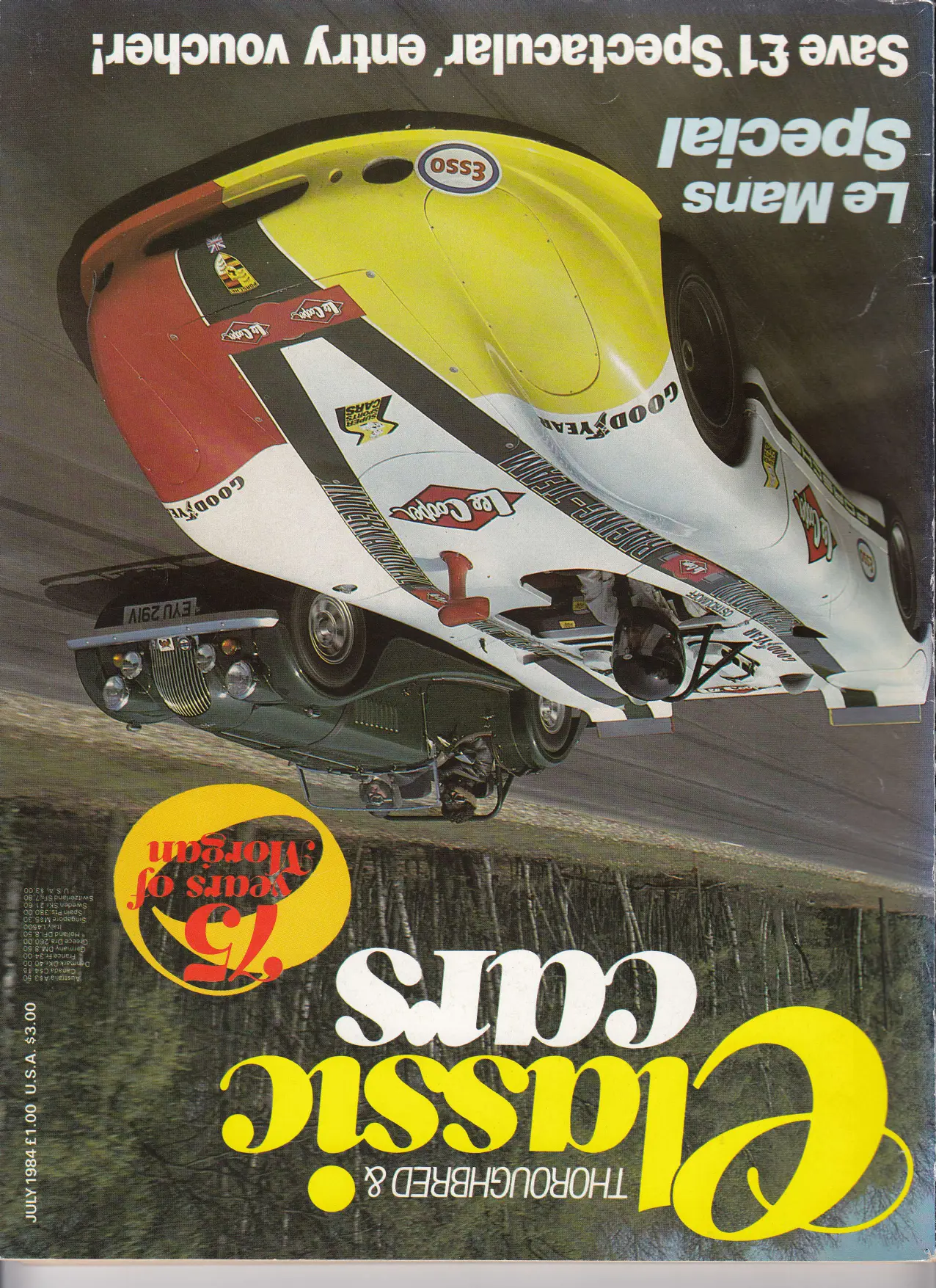
The motor show calendar was very different, too. Nowadays, the Lancaster Insurance Classic Motor Show is synonymous with closing the season barely a month before Christmas, but nearly 40 years ago, Thoroughbred and Classic Cars’ National Classic Motor Show went ahead in May (5-7, to be exact), with the British International Motor Show for new cars running between 20-28 October.
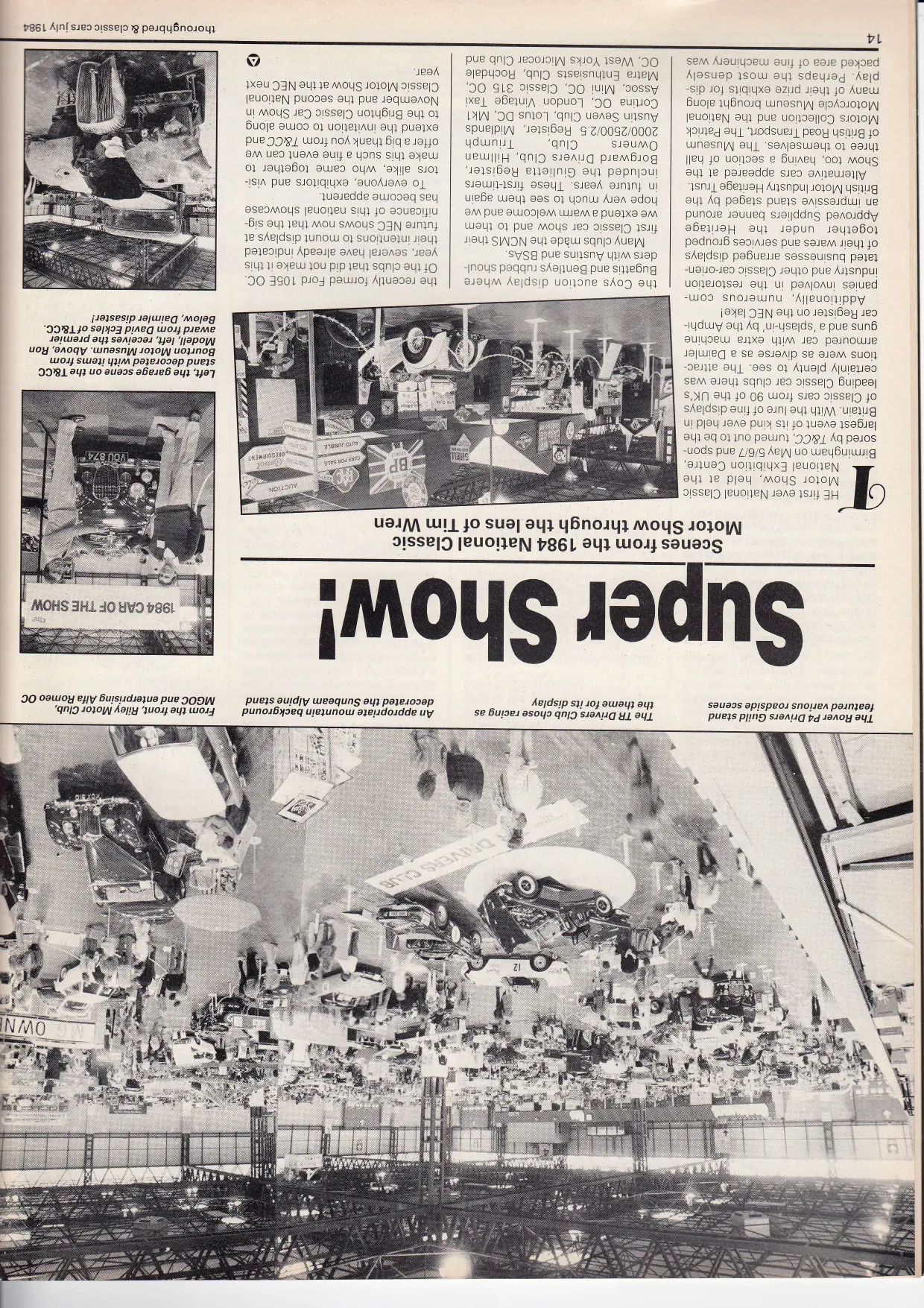
Back then, November was reserved for the Brighton Classic Car Show, on 2-4 November, coinciding with that year’s London to Brighton Veteran Car Run.
Visitors to last year’s Lancaster Insurance Classic Motor Show with Discovery – and there were 69,324 of them between 11-13 November, had more than 300 clubs and six halls to explore, supported by two live stages and two classic ride points.
1984’s event was rather different; just two halls of the National Exhibition Centre were booked out, with 90 club stands displaying cars; at the time, it was billed as Britain’s largest historic vehicle event. Thoroughbred and Classic Cars were keen to promote growing numbers of members: the Jaguar Drivers’ Club, with over 2000 patrons, won top billing. A Jaguar Mk1 2.4 won Car of The Show (it’s still on the road in 2022, incidentally).
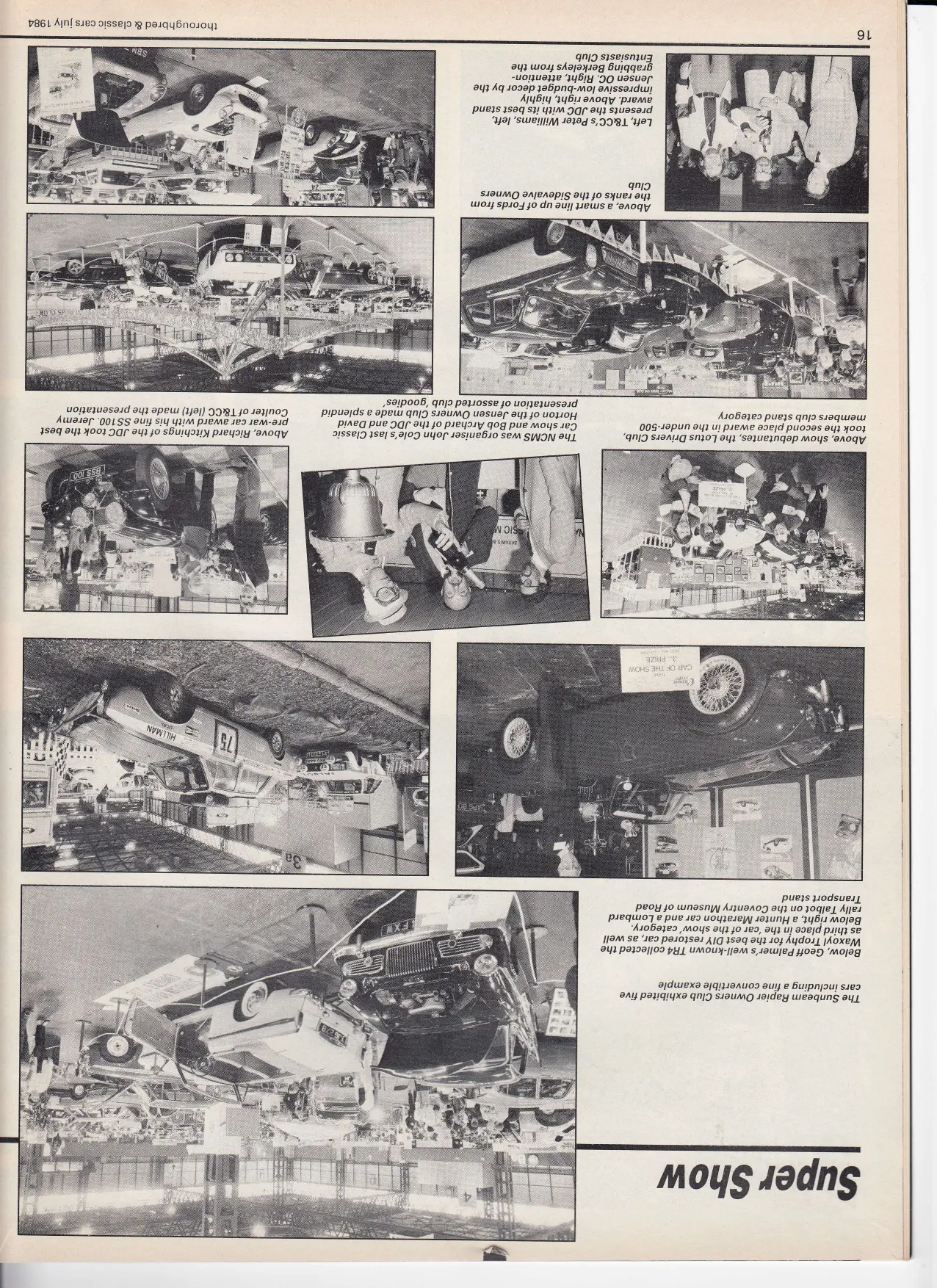
Then, as now, British marques ruled supreme in the judges’ eyes; thanks to their respective clubs, the likes of the Morris Minor (1st placed post war car), Humber Super Snipe (2nd) and Triumph TR4 (3rd) remain affordable and realistic ownership prospects nearly 40 years later, a reflection of the continued hard work of the likes of the Morris Minor Owners’ Club, amalgamated clubs connected with the Rootes Archive Centre Trust (then the Association of Rootes Car Clubs) and the TR Register.
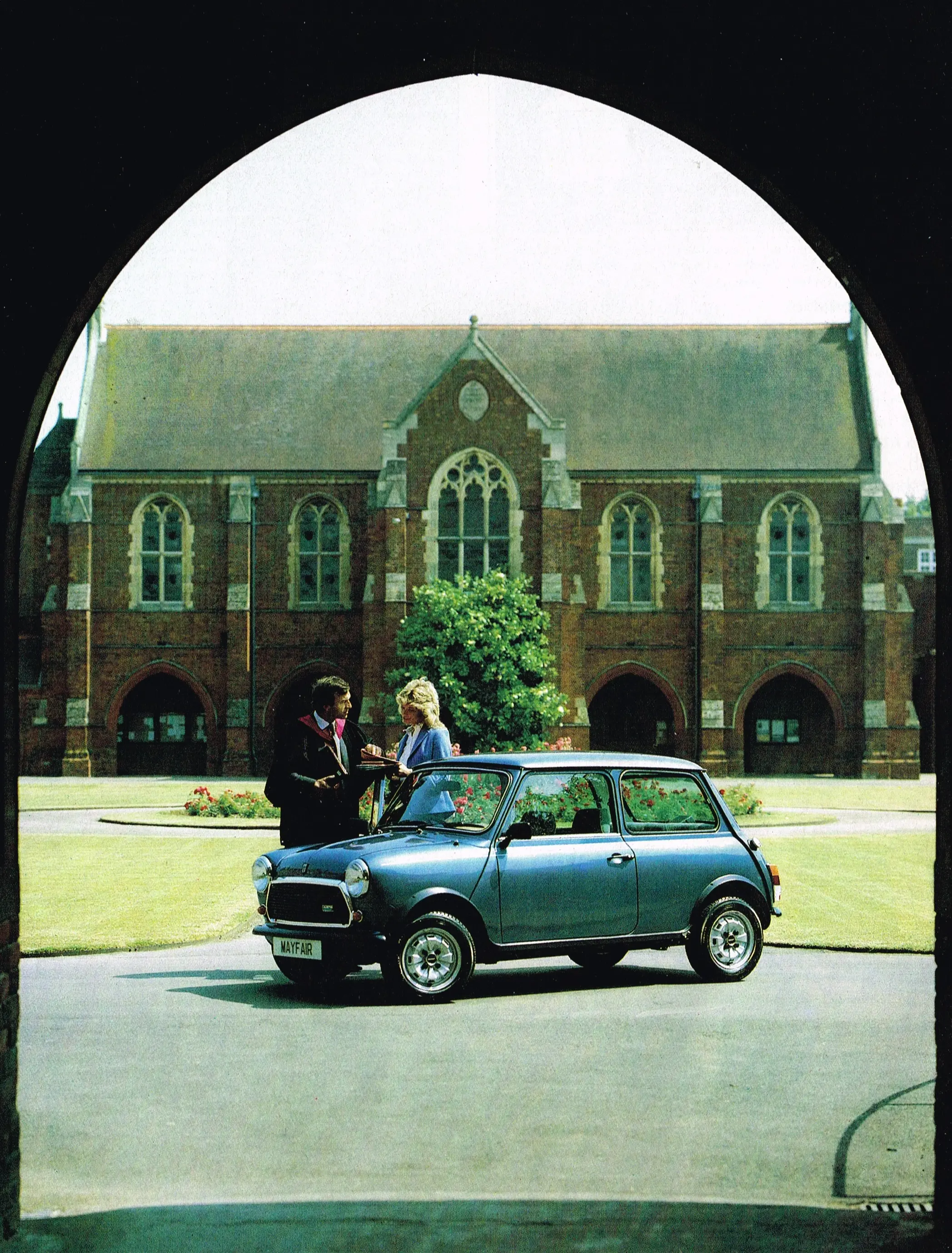
Fascinatingly, the Mini starred in the 1984 and 2022 shows; at least five examples, including several Coopers, were shown in 1984. Fittingly, Austin Rover, as British Leyland was known publicly by then, had recently released a special Mini to commemorate the car’s quarter century.
The Mini 25, as it was known, ran to 3,500 examples, and incorporated that year’s big improvement – front disc brakes. True, the 997 Coopers on display with the Mini Owners’ Club at the National Classic Motor Show had boasted 7-inch front discs from 1961, with 7.5-inch items fitted to the 1071 ‘S’ from 1963. The Clubman 1275 GT, not long forgotten in 1984, also had discs had standard.
Truth be told, the Mini 25’s 8.4-inch discs were introduced in 1983 for the 1984 model year, but it was enough to crow about in 1984, especially when paired with 12-inch wheels for the first time. It wasn’t just the Mini 25 – either – all other Minis, City and Mayfair, were also equipped. The 25 also had special Silver Leaf clearcoat paint, specific plush piped trim and rear Blaupunkt speakers; the Mini’s quarter century was an important affair.
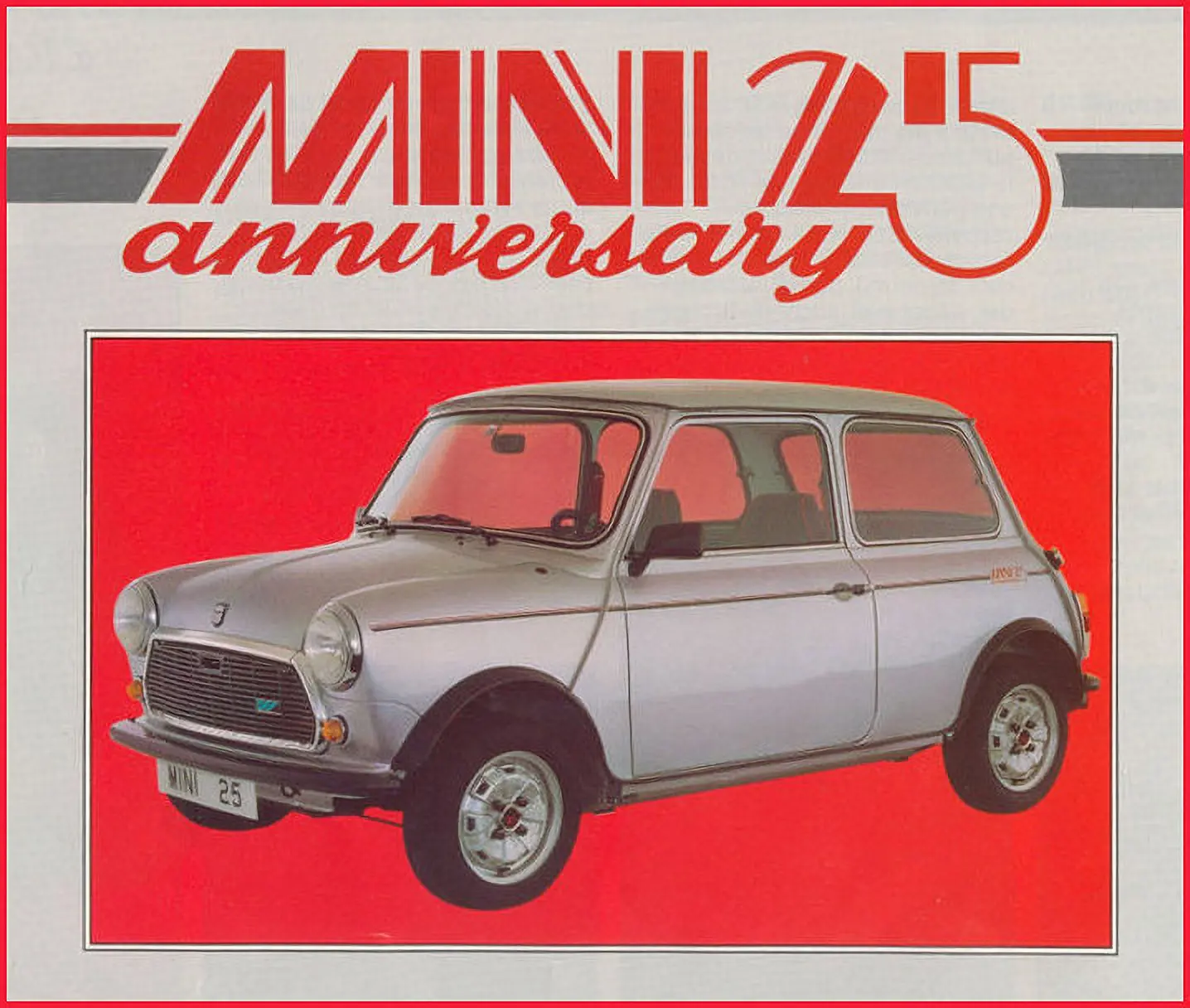
Back at the National Classic Motor Show, and the work of coachbuilder, Crayford Auto Developments, was also paid tribute. The Crayford Convertible Club, barely three years old itself by the time of the National Classic Motor Show, had three examples of converted Fords on display, from Cortina Mk1 to Corsair.
Still active today, the Crayford Convertible Club collates the survival rates of the many marques and models the firm converted in period (it also made large saloon cars into estates). According to Club records, around 50 Mk1 Cortinas were transformed, along with 400 Mk2s and around 120 Corsairs, encompassing Cabriolet and Convertible (five-seater) model types.
By October 1984, the far larger International Motor Show, brought numerous new cars to the table, well regarded as classics in 2023. As per the NEC spectacle, it went from the sublime to the ridiculous: as Austin-Rover unveiled the Montego Estate, supercar fans stared agog at Ferrari’s 288 GTO, launched a year earlier at Geneva, on show in the UK for the first time.
Both cars had rather different trajectories, as you might imagine: the Steve Harper-designed Montego Estate became a class leader for space in its segment, with only the more expensive Peugeot 305 Series 2 and Ford Sierra competing for load carrying capacity. Two years later, when equipped with the Perkins Prima/Rover MDi diesel engine, the Montego became Britain’s car with a direct injection oil burner.
Beloved by traders, antique dealers and taxi firms, many Montego Estates were worked to death as beasts of burden, or broken by Land Rover enthusiasts for their engines. Luckily, the Maestro and Montego Owners’ Club ably tend to the few survivors, including the owner of a half-million-mile estate that lives in the North of England, still in regular use.
